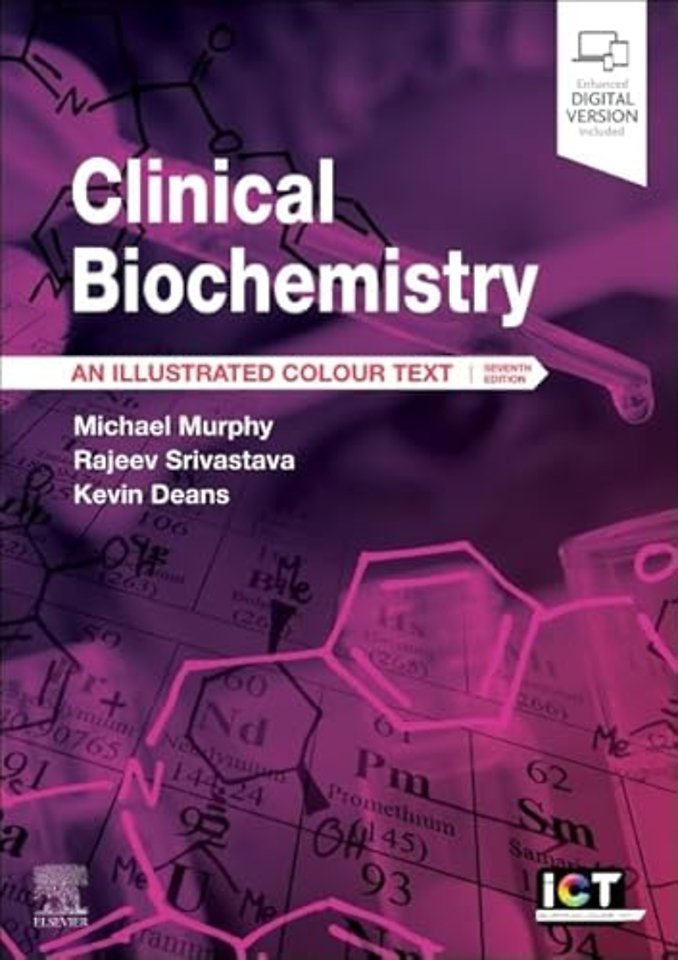Clinical Biochemistry
An Illustrated Colour Text
Paperback Engels 2023 9780323880572Samenvatting
Clinical Biochemistry is a best-selling textbook, with global sales of well over 80,000. It is used across the world, and has been translated into ten languages. Over six successive editions, it has provided students with just the right amount of information they need to understand and apply clinical biochemistry in a clinical context. It is aimed fairly and squarely at those who are new to the subject, and is suitable for undergraduates across a range of courses including medicine, nursing, biomedical science, pharmacy and life sciences. Junior doctors will also find it useful.
The seventh edition retains the same practical and patient-centred approach that has made previous editions so popular. Despite its accessibility, there is no 'dumbing-down': all essential information is covered. The illustrations, which are a major part of its visual appeal, have been revisited and updated.
This book is an ideal source for understanding the background to biochemical tests and how they should be interpreted. It will help you apply your learning in the clinical context. The same basic structure that has proved successful previously has been retained; sections on core biochemistry, endocrinology and specialised investigations follow an introductory section.Clinical notes and case histories on help you to apply learning to clinical practiceCovers the bulk of routine analyses and their relevance to the clinical settingAddresses real-world practicalities, such as how modern hospital laboratories work, and how test results should be interpretedEach topic presented on a richly illustrated two-page spread for easier understandingMCQs for each chapterAccompanying e-book now includes some animationsA new chapter on the pancreas, as well as two chapters that explain how some analyses are done - methods involving antibodies, and methods that separate and identify analytes
Specificaties
Lezersrecensies
Inhoudsopgave
Rubrieken
- advisering
- algemeen management
- coaching en trainen
- communicatie en media
- economie
- financieel management
- inkoop en logistiek
- internet en social media
- it-management / ict
- juridisch
- leiderschap
- marketing
- mens en maatschappij
- non-profit
- ondernemen
- organisatiekunde
- personal finance
- personeelsmanagement
- persoonlijke effectiviteit
- projectmanagement
- psychologie
- reclame en verkoop
- strategisch management
- verandermanagement
- werk en loopbaan

